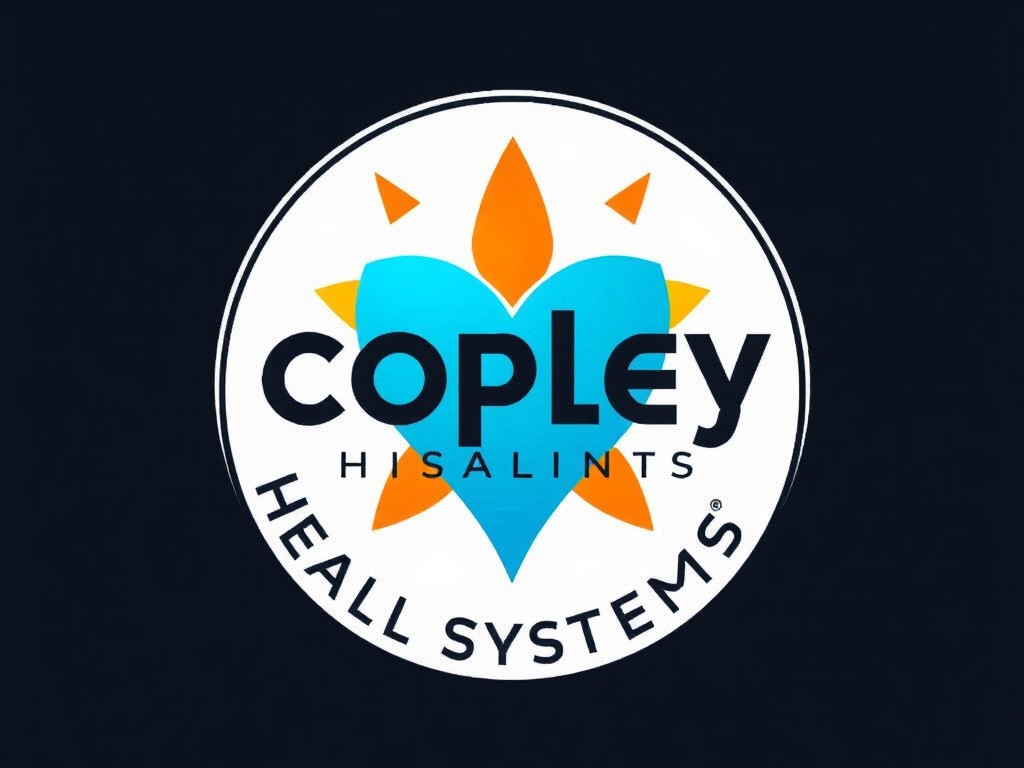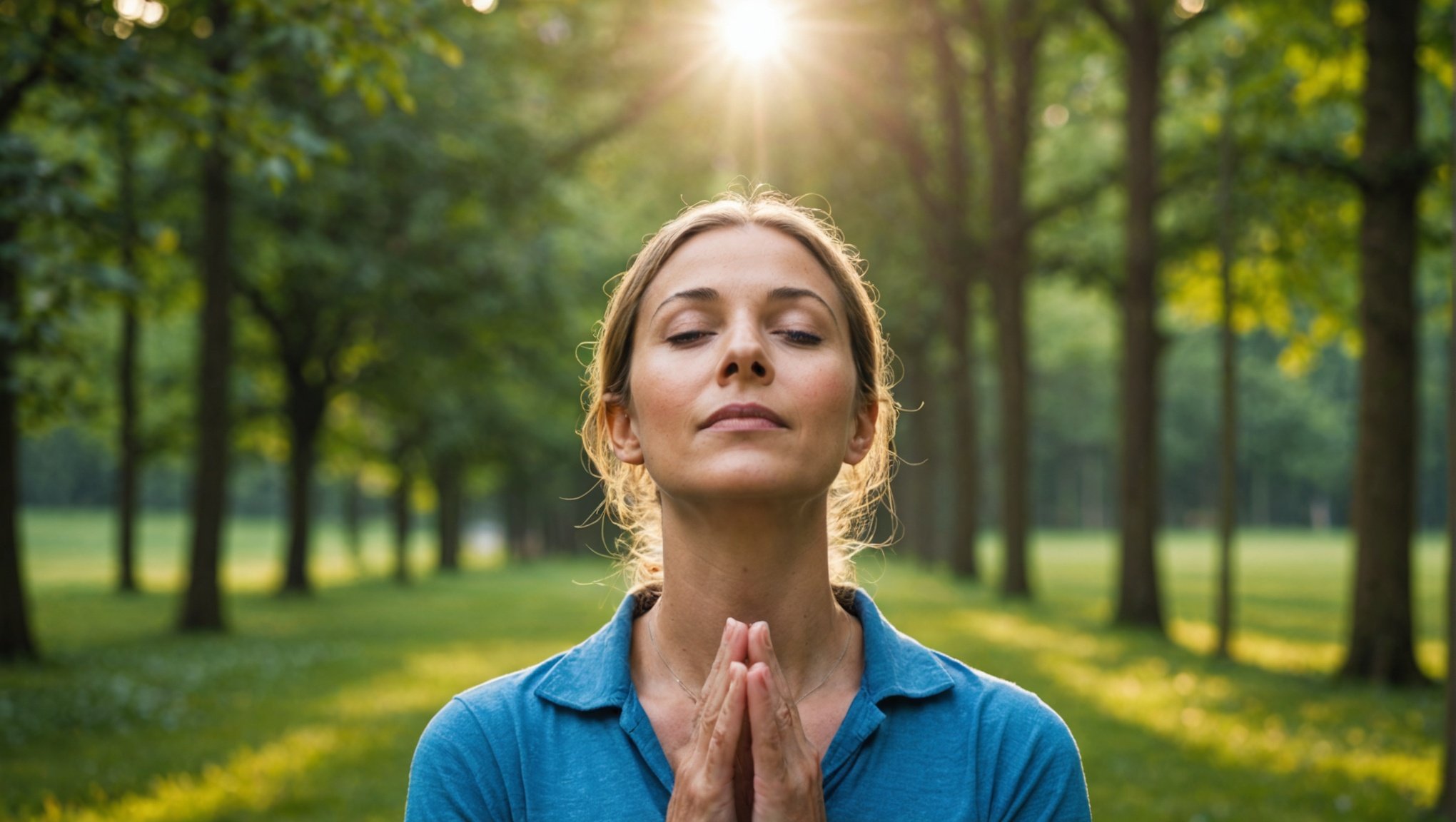Introduction to Breathing Techniques for Relaxation
Breathing techniques have become a significant part of relaxation methods in the UK, emphasising their importance for stress relief. These techniques serve as practical tools to manage stress and promote mental well-being, enabling individuals to achieve calmer states of mind. They not only provide quick stress relief but also have long-term benefits for maintaining overall health.
Historically, various cultures have embraced breathing as a cornerstone of relaxation methods. In the UK, the integration of these practices reflects a deep appreciation for their enduring relevance. From traditional yoga practices to modern mindfulness routines, breathing techniques have been pivotal in championing stress relief through centuries.
In the same genre : Discover the Best Massage Therapy Techniques for Optimal Post-Workout Recovery in the UK
Scientific studies affirm the efficacy of these techniques in improving psychological and physical health. Research has shown that structured breathing practices can lower cortisol levels, which directly correlates with reducing stress. This evidence bolsters the notion that breathing techniques are not only grounded in historical wisdom but also validated by modern science.
Incorporating these techniques, individuals can experience enhanced relaxation and stress management. The simplicity yet profound impact of such methods makes them accessible and effective for anyone seeking stress relief and enhanced relaxation methods.
Also to read : Discover Natural Methods to Supercharge Your Metabolism in the UK!
Common Breathing Techniques
The practice of breathing techniques has gained popularity due to their effectiveness in promoting relaxation and improving mindfulness. One widely appreciated technique is diaphragmatic breathing, also known as deep breathing. This method involves breathing deeply into the diaphragm, ensuring that the abdomen expands rather than the chest. Such a method can significantly enhance oxygen exchange and lower heart rate, resulting in a state of calmness.
Another powerful technique for relaxation is box breathing. This involves inhaling for four seconds, holding the breath for another four, exhaling slowly for four seconds, and then pausing for a final count of four seconds before repeating. This structured breathing pattern helps in stabilising the autonomic nervous system, aiding in stress reduction and offering a sense of control and tranquility.
For those seeking anxiety relief, the 4-7-8 breathing technique comes highly recommended. It involves inhaling quietly through the nose for a count of four, holding the breath for seven counts, and exhaling through the mouth for eight counts. This technique is grounded in the principles of mindfulness practices and helps promote a relaxed state, making it easier for individuals to manage anxiety effectively. Engaging in these methods consistently can introduce significant calmness and mental clarity into one’s daily life.
Step-by-Step Instructions
Mastering breathing exercises is a fantastic way to reduce stress and promote relaxation. Below are detailed and easy-to-follow instructions for several popular guided breathing techniques.
Deep Breathing Instructions
- Find a comfortable position: Sit or lie down in a quiet space.
- Inhale deeply: Slowly breathe in through your nose for a count of five, allowing your abdomen to expand.
- Hold your breath: Pause and hold the breath for a count of three.
- Exhale completely: Gently release the breath through your mouth for a count of five.
- Repeat this process for 5-10 minutes.
Box Breathing Instructions
- Sit up straight: Maintain a relaxed posture in a quiet setting.
- Inhale: Breathe in through your nose for four counts.
- Hold: Keep the breath in for four counts.
- Exhale: Release your breath slowly through your mouth over four counts.
- Pause: Before starting again, hold your breath out for another count of four.
- Repeat for 3-5 cycles.
4-7-8 Breathing Instructions
- Ensure comfort: Sit in a comfortable position.
- Inhale quietly through your nose to a count of four.
- Hold the breath for seven counts.
- Exhale audibly through your mouth for eight counts.
- Complete the cycle four times.
These practical techniques can be seamlessly integrated into your daily routine to enhance relaxation and mindfulness.
Benefits of Breathing Techniques
Breathing techniques are becoming increasingly popular due to their plethora of benefits. One of the profound health advantages includes improved physical well-being. Practising breath control can lead to reduced blood pressure. This occurs as deep, controlled breathing triggers a relaxation response in the body, allowing blood vessels to dilate and decrease blood pressure. Additionally, it enhances lung function, fortifying respiratory health, which is crucial for overall vitality.
In terms of mental health, embracing breathing exercises can play a significant role in stress management. By focusing on deep breathing, individuals can lower anxiety levels and manage stress more effectively. The practice promotes a state of calm, helping to reduce the production of stress hormones like cortisol, thus fostering mental well-being.
Beyond individual benefits, breathing techniques have societal implications as well. The promotion of practices leading to increased mindfulness and emotional regulation could result in a more harmonious and less anxious society. For example, in the UK, where fast-paced lifestyles can contribute to stress, embracing these techniques may lead to a more mindful population, better equipped to deal with everyday challenges with composure. Encouragingly, leading by example has the potential to create ripple effects, inspiring others to incorporate breath control into their daily routine.
Cultural Considerations for UK Residents
Understanding the impact of cultural breathing practices in the UK helps in integrating them into daily life for improved wellness. Traditional UK practices, such as yoga and tai chi, have long incorporated breathing techniques as a focal point. Yoga, with its roots in ancient India, has gained tremendous popularity across the UK, emphasising deep breathing to enhance mindfulness and physical health. Similarly, tai chi, a Chinese martial art, highlights slow, controlled breathing combined with gentle movements, promoting relaxation and balance.
In recent years, modern UK wellness trends have increasingly spotlighted breathing practices. Techniques like mindfulness meditation and breathwork are more than just trends—they are becoming core practices for mental health and stress reduction. These methods focus on enhancing one’s well-being through intentional breathing, offering a straightforward and accessible way to manage stress.
For those interested in diving deeper into these practices, numerous local resources and workshops are available. Connecting with experienced practitioners can provide valuable insights into effective techniques. Workshops held at community centres or yoga studios frequently offer classes specifically dedicated to mindfulness and controlled breathing, allowing individuals to explore different practices and find what resonates best with their lifestyle.
Scientific Backing for Breathing Techniques
Scientific research has consistently shown the efficacy of breathing exercises in enhancing well-being. Several studies highlight how specific techniques can effectively target the body’s stress response systems. For instance, deep breathing exercises are proven to regulate the autonomic nervous system, leading to reduced heart rate and lower cortisol levels, pivotal in stress management.
A pivotal study from Harvard Medical School demonstrated that mindful breathing exercises can decrease anxiety levels significantly. Participants practicing these exercises for just eight weeks showed significant improvements in emotional regulation, highlighting breathing techniques as powerful tools for psychological health. This scientific research supports the growing acceptance of these methods among health professionals, who now often incorporate breathing exercises into patient care.
Evidence-based practices, such as diaphragmatic breathing, are shown to activate the parasympathetic nervous system, promoting relaxation and reducing stress indicators. This aligns with a growing body of evidence in health journals advocating for these practices as primary tools in holistic health care.
Moreover, broad adoption of these methods in clinical environments highlights their scientific validity and effectiveness, thus reinforcing the importance of breathing techniques as an integral component of contemporary wellness strategies. This increasing acceptance underscores a shift towards leveraging natural practices for sustainable health improvements.
Additional Resources and Workshops
Breathing techniques can be immensely beneficial for stress management and overall wellness. For those residing in the UK looking to deepen their practice, several local workshops are available. These workshops often cover a range of techniques, from mindfulness breathing to specific exercises aimed at reducing anxiety. Many communities host sessions led by certified practitioners, providing personalized guidance and immediate feedback.
In today’s digital age, online resources have become a convenient way to access guided breathing exercises. Numerous websites and apps offer structured programs. Apps like Headspace and Calm provide users with a variety of lessons on mindfulness and relaxation practices, helping individuals integrate these routines into their daily lives with ease.
For those who prefer traditional learning methods, there are several renowned authors and books on this subject. Experts like James Nestor with his book Breath: The New Science of a Lost Art offer insightful perspectives on the importance and techniques of breathing. Meanwhile, Patrick McKeown’s The Oxygen Advantage dives into scientifically-backed methods to enhance breathing for better health and performance.
These resources ensure that whether you prefer live interaction or digital flexibility, options abound for mastering effective breathing.











